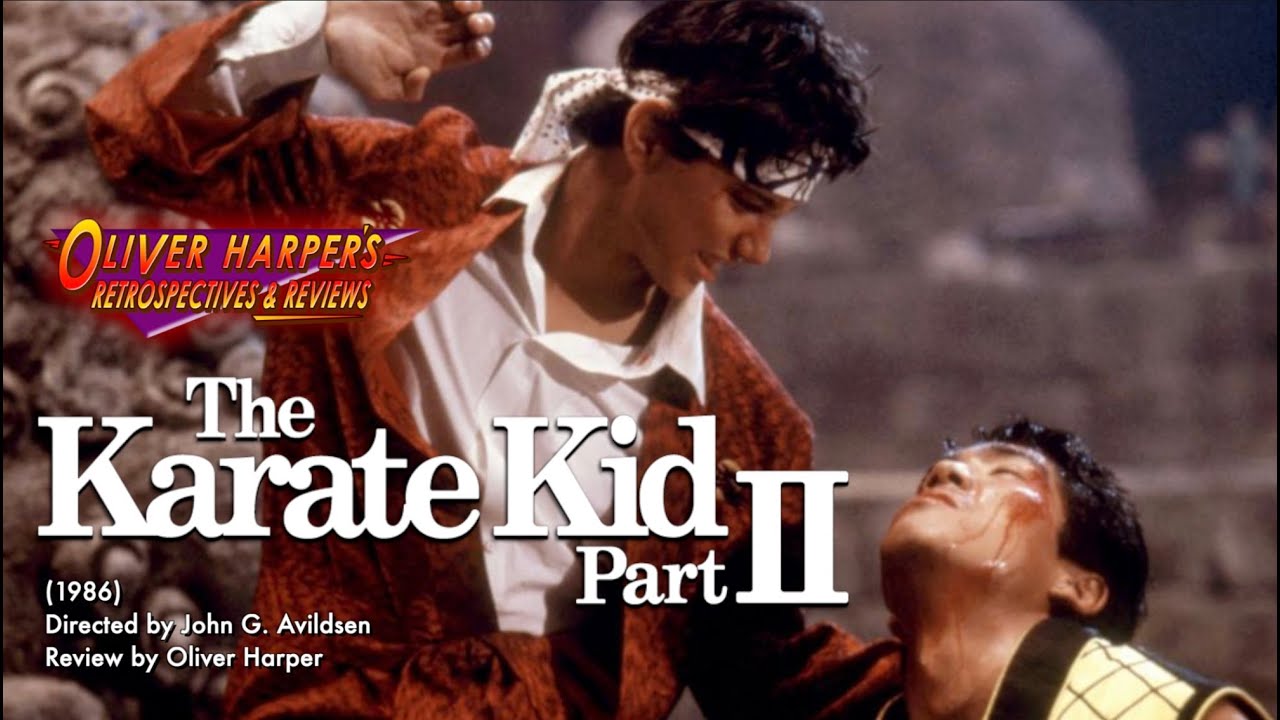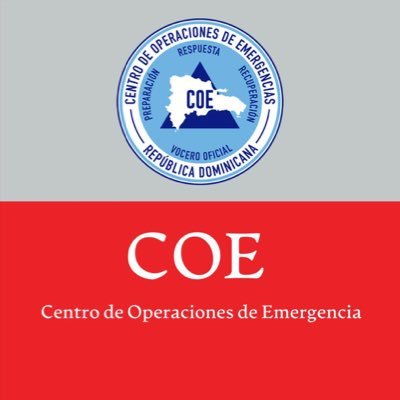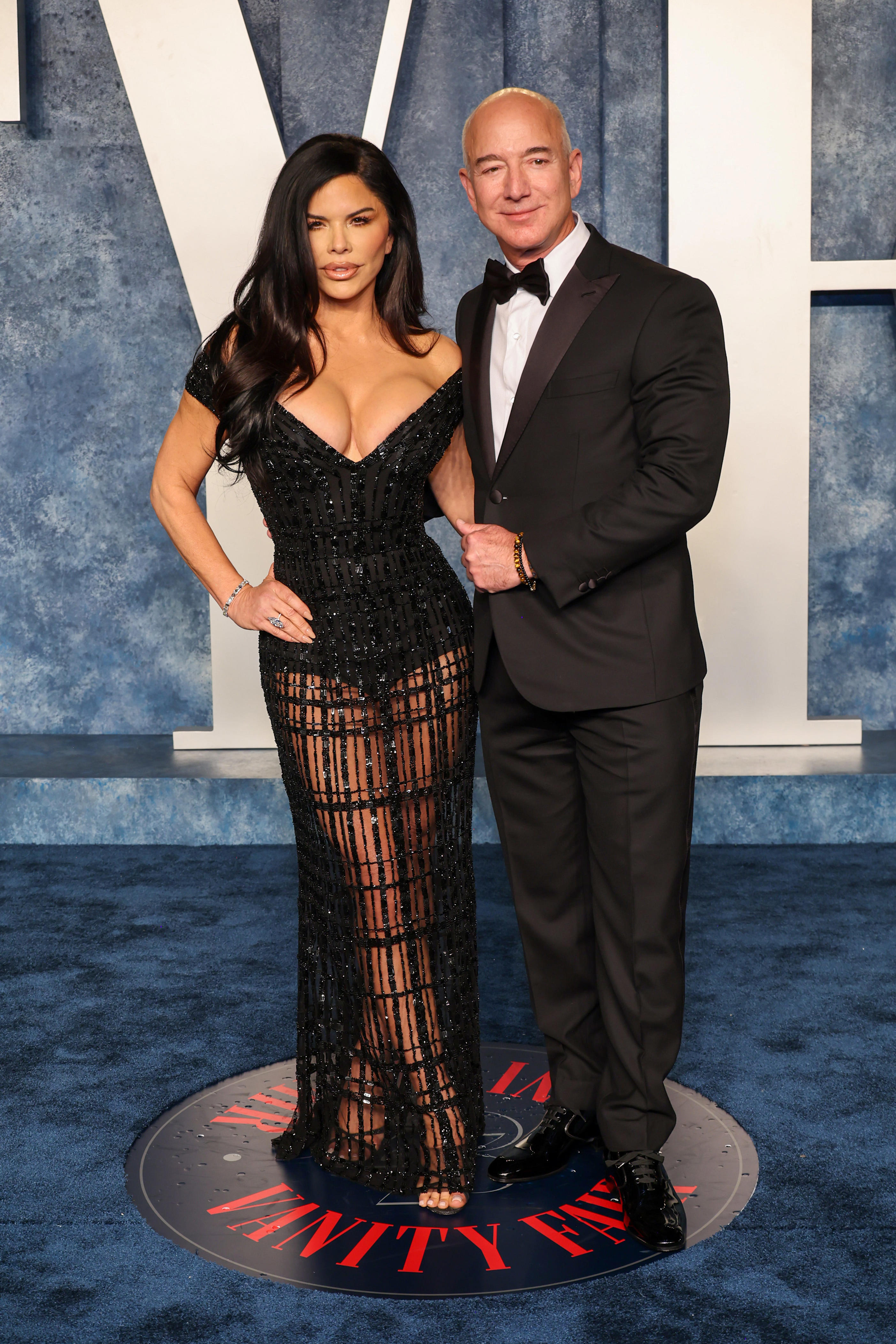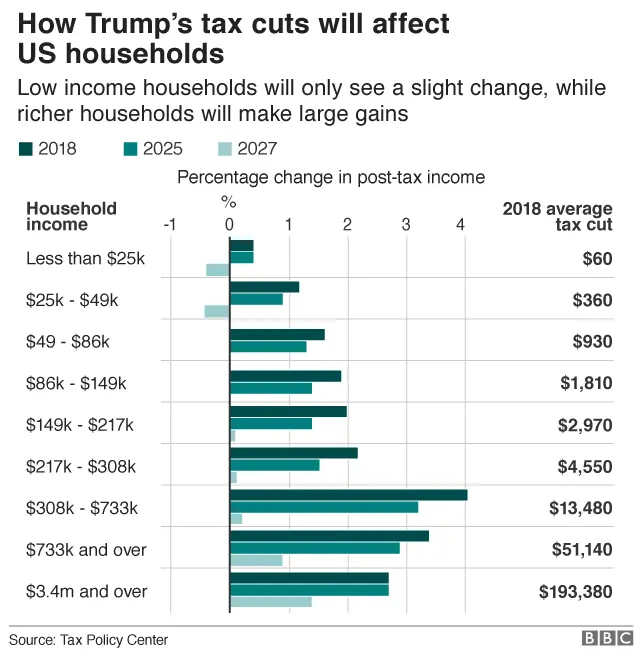Review Of The Karate Kid Part II: Legacy And Cultural Impact

Table of Contents
A Deeper Dive into the Plot and Characters
The Karate Kid Part II expands the Miyagi-verse, introducing a new set of challenges and characters that enrich the narrative and resonate with audiences even today.
Expanding on the Miyagi-verse:
- New Locations and Characters: The film transports us from the familiar California setting to the vibrant and culturally rich island of Okinawa, Japan. This change of scenery introduces us to a whole new cast of characters, including Mr. Miyagi's estranged father and a rival karate master, adding layers of complexity to the story. The introduction of Kumiko and Chozen Toguchi significantly broadened the scope of the narrative, allowing for a deeper exploration of Okinawan culture and tradition.
- Daniel's Growth in Okinawa: Daniel's journey in Okinawa is not just about learning new karate techniques; it's about self-discovery and navigating a foreign culture. He confronts prejudice, learns to appreciate different perspectives, and develops a deeper understanding of Mr. Miyagi's past and his own potential.
- Mr. Miyagi's Backstory: We get a glimpse into Mr. Miyagi's past, his relationship with his father, and the reasons behind his quiet demeanor. This exploration adds depth to his character and provides crucial context to his actions and teachings.
- Antagonists and their Motivations: The antagonists, particularly Chozen, are not simply one-dimensional villains. Their motivations are rooted in cultural pride, a sense of injustice, and a desire for revenge, adding a layer of nuance to the conflict.
Thematic Exploration of Cross-Cultural Understanding:
The Karate Kid Part II transcends its martial arts genre by exploring the complexities of cross-cultural understanding.
- Cultural Clashes and Resolutions: The film showcases numerous instances of cultural misunderstandings and clashes between Daniel and the Okinawan community, highlighting the challenges of navigating a foreign culture. However, the film also emphasizes the importance of empathy, communication, and mutual respect in overcoming these differences.
- Depiction of Okinawan Culture: The film attempts to showcase aspects of Okinawan culture, including traditional customs, music, and food. While not without its potential inaccuracies or stereotypical elements (a common critique), the effort to portray a different cultural landscape is evident.
- Representation of Japanese and American Cultures: The film presents a simplified, yet somewhat compelling contrast between American and Japanese cultures, examining concepts of honor, discipline, and family. The film's portrayal is, however, a product of its time and may not reflect the nuances of these cultures fully.
The Film's Impact on Martial Arts and Popular Culture
The Karate Kid Part II had a profound impact on both martial arts and popular culture, significantly boosting the popularity of Karate and influencing cinematic representations of cultural exchange.
The Rise of Karate's Popularity:
- Increased Interest in Karate: The film's success led to a surge in interest in Karate, particularly in the Western world. Many young people were inspired to take up the martial art, leading to a noticeable increase in the number of karate dojos and students.
- Influence on Other Martial Arts Films: The Karate Kid Part II's blend of action, drama, and cultural exploration influenced numerous subsequent martial arts films, setting a template for similar stories exploring themes of personal growth and cultural exchange.
- Karate as Metaphor: The film effectively uses Karate not just as a fighting style but as a metaphor for self-discipline, personal growth, and overcoming adversity. This resonated with audiences beyond the realm of martial arts enthusiasts.
Cultural Significance and Representation:
- Okinawan Culture and Legacy: The film's portrayal of Okinawan culture, while not entirely without criticism, played a role in introducing this culture to a wider international audience.
- Strengths and Weaknesses of Representation: While the film showcased some aspects of Okinawan culture, it is important to acknowledge potential shortcomings in accurately representing its nuances and avoiding stereotypes. Critical analysis reveals limitations in its representation, which highlights the ongoing conversation about responsible cultural portrayal in film.
- Lasting Impact on Cinematic Representations: The Karate Kid Part II’s attempt to integrate a foreign culture into its narrative paved the way for more complex and nuanced cross-cultural storytelling in subsequent films.
Comparing The Karate Kid Part II to the Original and Subsequent Films
The Karate Kid Part II holds a unique place within the franchise, evolving the themes and character relationships established in the original film while setting the stage for future installments.
Evolution of the Franchise:
- Themes, Tone, and Narrative Structure: Compared to the first film, The Karate Kid Part II expands the scope of the narrative, shifting the setting and introducing new thematic elements. The tone remains largely consistent, balancing action with heartwarming moments.
- Evolution of Daniel and Mr. Miyagi's Relationship: The film deepens the bond between Daniel and Mr. Miyagi, exploring their relationship beyond the dojo and revealing vulnerabilities and shared experiences.
The Legacy of Mr. Miyagi:
- Mr. Miyagi as a Mentor Figure: Mr. Miyagi's character transcends the film itself, becoming an iconic mentor figure known for his wisdom, patience, and unconventional teaching methods.
- Wisdom, Teaching Methods, and Cultural Significance: His character continues to inspire audiences due to his life lessons, emphasis on self-belief, and subtle cultural insights weaved into his teachings. His calm demeanor and ability to connect with Daniel across cultural barriers remain memorable.
Conclusion: The Lasting Resonance of The Karate Kid Part II
The Karate Kid Part II is more than just a sequel; it's a film that expanded the horizons of the original, exploring themes of cross-cultural understanding and personal growth within a captivating narrative. Its impact on martial arts, cinema, and popular culture is undeniable. The film's legacy rests not only on its engaging plot and memorable characters but also on its attempt – albeit with limitations – to depict a different cultural landscape. Mr. Miyagi's enduring persona as a wise mentor further solidifies the film’s lasting appeal.
Revisit The Karate Kid Part II's enduring themes and explore the legacy of this influential film. Discuss the cultural impact of The Karate Kid Part II with fellow fans, and consider the ways its themes continue to resonate with audiences today. Dive deeper into the cinematic world of The Karate Kid Part II and its lasting contribution to film history.

Featured Posts
-
 Actualizacion Del Coe Niveles De Alerta En Republica Dominicana
May 23, 2025
Actualizacion Del Coe Niveles De Alerta En Republica Dominicana
May 23, 2025 -
 Jonathan Groffs Just In Time Opening A Star Studded Affair
May 23, 2025
Jonathan Groffs Just In Time Opening A Star Studded Affair
May 23, 2025 -
 Kevin Pollaks Tulsa King Season 3 Role A Threat To Sylvester Stallone
May 23, 2025
Kevin Pollaks Tulsa King Season 3 Role A Threat To Sylvester Stallone
May 23, 2025 -
 House Passes Trump Tax Bill Key Changes And Implications
May 23, 2025
House Passes Trump Tax Bill Key Changes And Implications
May 23, 2025 -
 Broadways Best Celebrate Jonathan Groffs Just In Time Opening Night
May 23, 2025
Broadways Best Celebrate Jonathan Groffs Just In Time Opening Night
May 23, 2025
